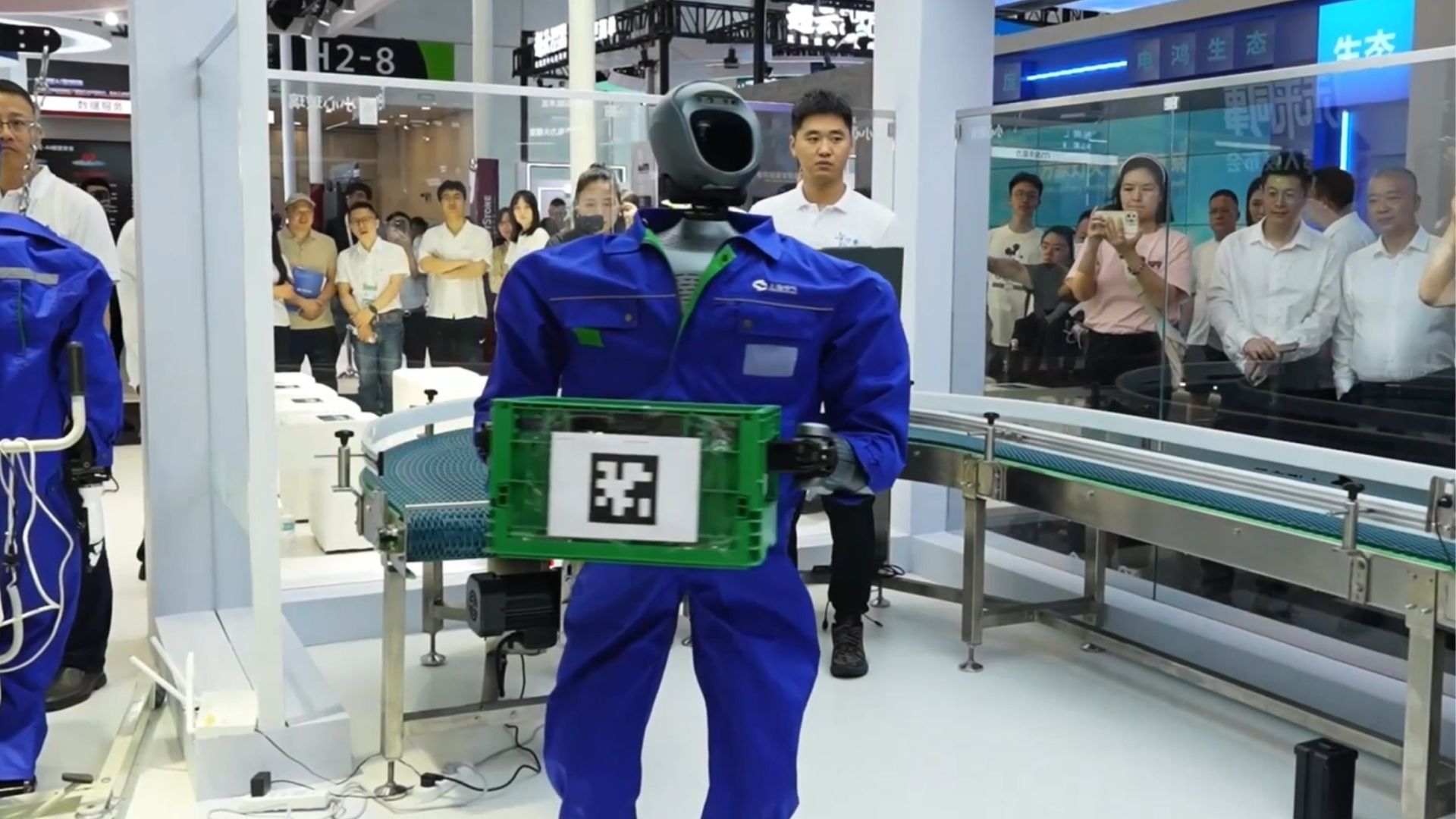
China has just unveiled its latest humanoid robot, dubbed "Atlas-like" but developed independently, promising to revolutionize industries with its potential for physical labor. This new robot is designed to perform tasks currently done by humans, like lifting heavy objects, working in warehouses, and assisting in manufacturing. It boasts impressive capabilities including advanced mobility, manipulation skills, and the ability to navigate complex environments. The government is heavily investing in robotics and aims for widespread adoption of these robots across various sectors, potentially impacting everything from logistics and construction to healthcare and eldercare.
The robot’s development is a significant step for China's ambition to become a global leader in robotics technology. Unlike some humanoid robots which rely on expensive and complex AI, this new model utilizes a combination of advanced mechanics and AI algorithms. Experts believe this makes it more affordable and adaptable for widespread use. While challenges remain in areas like adapting to unpredictable situations and long-term operational reliability, the unveiling signals a strong push toward integrating robots into the workforce and addressing labor shortages in certain industries. The future of work may be significantly shaped by these advancements in physical robot automation.